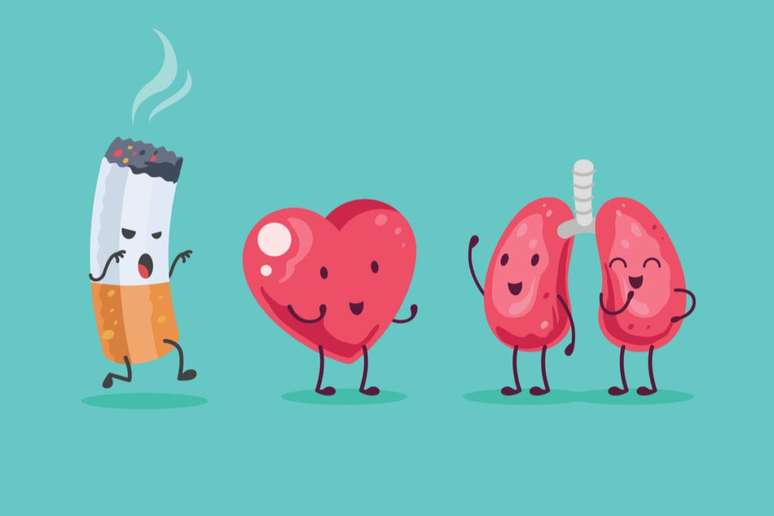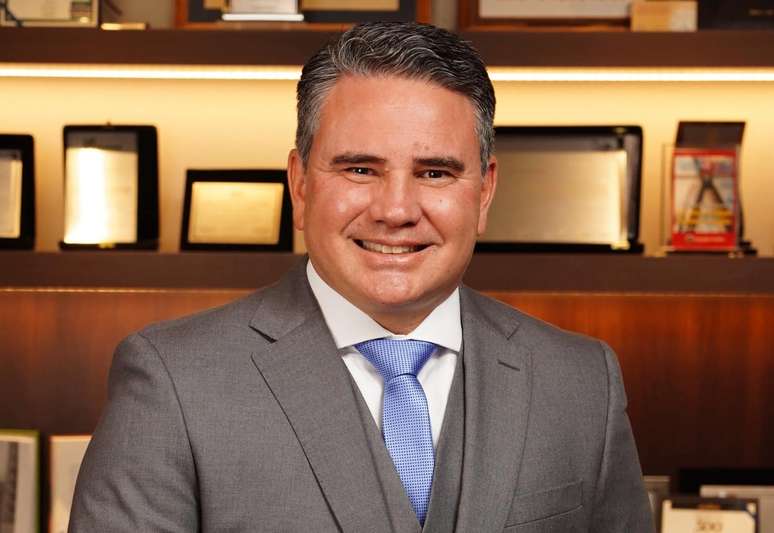Doctor warns about habits that can increase the chances of developing this type of tumor
Head and neck cancer includes a variety of malignant tumors that can occur in areas such as the mouth, tongue, salivary glands, pharynx, larynx, and other parts of the region. It is especially dangerous because of its ability to go unnoticed in the early stages, when symptoms are easily confused with less serious conditions.
However, the chances of recovery can increase significantly when the diagnosis is made in the early stages of the disease. The National Cancer Institute (INCA) estimates that in 2024, Brazil will register approximately 39,550 new cases of head and neck cancer.
In this scenario, Dr. Carlos Takahiro Chone, coordinator of the Department of Head and Neck Surgery of the Brazilian Association of Otolaryngology and Head and Neck Surgery (ABORL-CCF), explains a little more about the disease. Watch!
Causes of Head and Neck Cancer
There are several factors that can increase the predisposition to develop head and neck tumors. The ABORL-CCF specialist highlights the main ones:
- Smoke;
- Drinking alcohol to excess;
- Poor oral hygiene;
- Frequent consumption of very hot drinks, such as chimarrão/mate;
- Excessive exposure to the sun, without adequate protection;
- Exposure to certain chemicals in the workplace, such as wood dust, textile dust, nickel dust, glues, pesticides, asbestos, silica, benzene, and radioactive products;
- Viral infections such as the virus Epstein Barr (EBV), which can cause infectious mononucleosis, and human papillomavirus (HPV), which is transmitted mainly through unprotected sex (including oral sex).
“Smoking significantly increases the risk of developing laryngeal tumors. If the person smokes, a constant and more careful evaluation is important and, if any lesions are identified, a biopsy can be performed under local anesthesia,” explains Dr. Carlos Takahiro Chone.
Symptoms of head and neck cancer
Below, the doctor lists some symptoms of this disease:
1. Mouth pain for more than 15 days
Persistent mouth ulcers can be an early sign of mouth or tongue cancer. Oral cancer often begins as a sore that doesn’t heal. This happens because cancer cells continue to multiply and don’t allow the sore to heal.
2. Hoarseness for more than 2 weeks
May indicate prolonged hoarseness cancer larynx (vocal cords) or throat. Abnormal cell growth in these areas can affect voice quality due to obstruction or irritation of the vocal cords.
3. Lump on neck for more than 30 days
A persistent lump in the neck could be a sign of cancer that started in the mouth or throat. These tumors can spread to nearby lymph nodes, causing noticeable and long-lasting swelling.
4. Nosebleed phlegm for more than 1 month
Recurrent nosebleeds on one side, especially if accompanied by mucus or discharge, may indicate cancer in the nasal passages or sinuses. Cancer cells can cause ongoing irritation and damage to blood vessels, resulting in frequent bleeding.
5. Sore throat that doesn’t get better
A persistent feeling of tightness, pain, or discomfort in the throat may be a symptom of cancer of the larynx, pharynx, or thyroid. The growth of the tumor can cause pressure on the tissues in the area, causing ongoing discomfort.

Prevention of head and neck cancers
Cultivating healthy habits and avoiding risk factors, such as smoking, excessive alcohol consumption, poor oral hygiene, and excessive exposure to the sun and chemicals, helps reduce the risk of cancer.
Dr. Carlos Takahiro Chone also recommends performing self-exams, such as palpating the face and neck for lumps or nodules, and taking a closer look at the oral cavity and the skin in the head and neck region to try to identify lesions.
“If there is any strange sign, you should seek a specialist. It is always important to do it queries regular consultations with the doctor to take care of your health and minimize the possibility of late diagnosis”, explains the coordinator of the Department of Head and Neck Surgery of the ABORL-CCF.
Treatment
For cases of cancer that have already been diagnosed, treatment may vary depending on the stage of the disease. The healing process involves combinations of surgery, radiation therapy, chemotherapythe use of drugs and even immunotherapy, in some cases.
“The adoption of healthy habits must also accompany treatment. To cure the disease, it is also necessary to eliminate the risk factors that increase the chances of developing cancer”, concludes Dr. Carlos Takahiro Chone.
By Cidiana Pellegrin
Source: Terra
Ben Stock is a lifestyle journalist and author at Gossipify. He writes about topics such as health, wellness, travel, food and home decor. He provides practical advice and inspiration to improve well-being, keeps readers up to date with latest lifestyle news and trends, known for his engaging writing style, in-depth analysis and unique perspectives.








